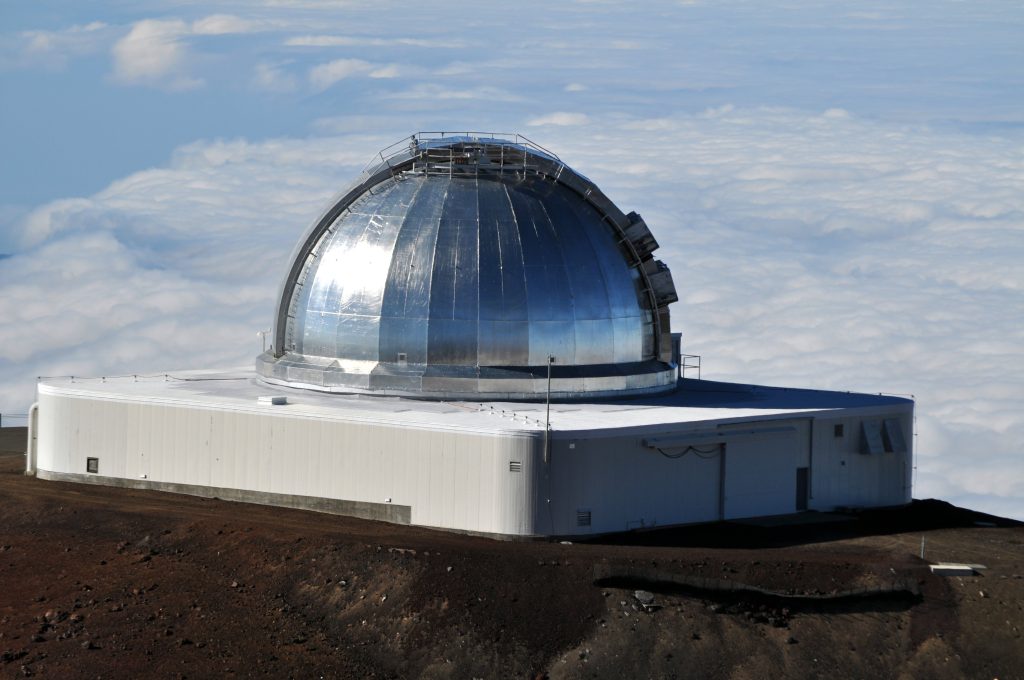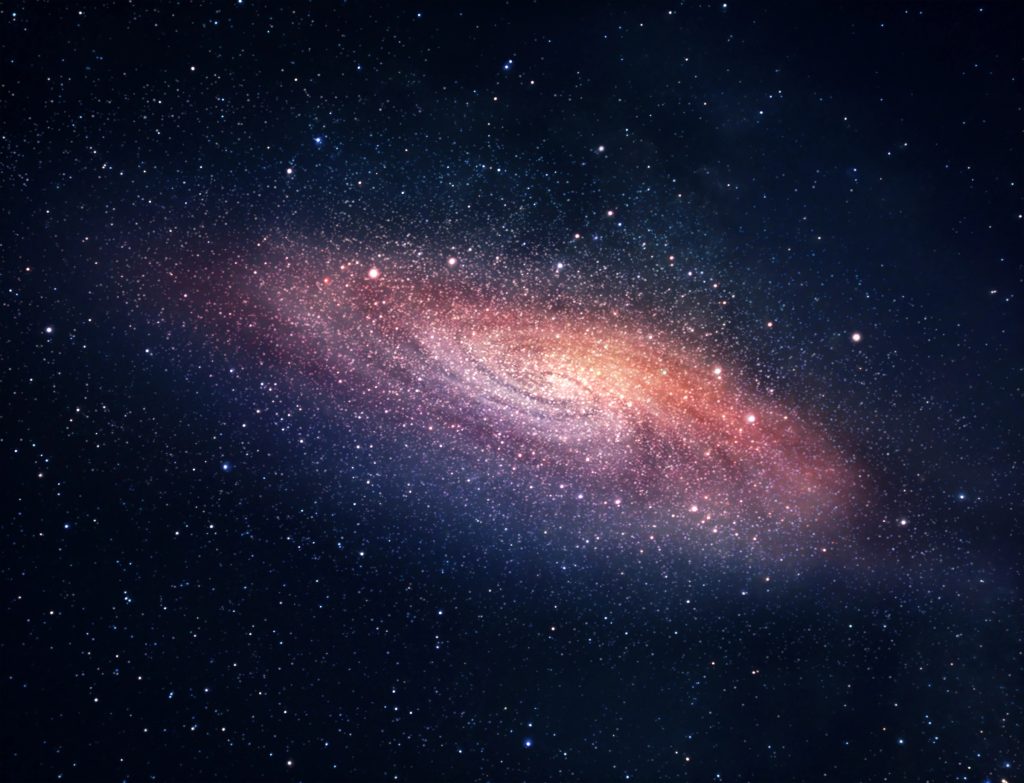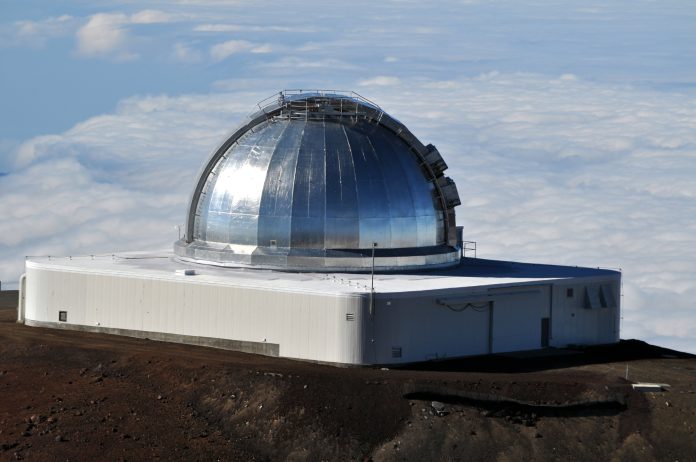
Astronomers have spotted something extraordinary – a new comet from another star system, named 3I/ATLAS. Discovered in July 2025, it’s only the third interstellar visitor ever seen in our Solar System, comet 3I/ATLAS is the third known interstellar visitor to our Solar System. Its brief visit at least 240 million kilometers from Earth has triggered an unprecedented observing campaign. Astronomers are working against time to discover as much as possible about it before it disappears into interstellar space, never to be seen again.

1. A Visitor from Beyond the Sun
3I/ATLAS is the third of a small number of certified extrasolar bodies, with 1I/ʻOumuamua and 2I/Borisov being the other two. With its hyperbolic path and an eccentricity of 6.2 and entrance velocity of 58 km/s, it is definite that it is not bound to the Sun or any planet. This speed is a record for any such object and indicates that it has traveled for billions of years through the Milky Way’s crowded disk, home to some of the galaxy’s oldest stars. Scientists estimate its age at a possible 7 billion years, 3 billion years more than the Solar System.

2. Hubble’s Size Restrictions
The Hubble Space Telescope took the best pictures so far, resolving a dense nucleus and fuzzy coma. Its observations limit the radius of the nucleus to approximately 2.7 kilometers not much smaller than initial estimates of 30 kilometers or larger. The coma dominates the object’s brightness, masking the solid center, and no obvious dust or ion tail has been observed yet.

3. SPHEREx: Mapping the Ices
NASA’s SPHEREx observatory, used to map galaxy clustering over cosmic time, pointed its infrared spectroscopic instruments at 3I/ATLAS on Aug 7–15, 2025. Multi-spectral analysis revealed a coma with extremely high levels of carbon dioxide ice and no measurable carbon monoxide and only an initial water-ice signal. SPHEREx observed a total of almost 100% of the comet continuum flux from CO₂ ice between 4.1 and 4.4 microns, as anticipated in giant-grain coma fragments. This spectrum is highly similar to that of comet 103P/Hartley 2, an evolved Kuiper Belt object in the solar system.

4. Webb’s Molecular Census
The James Webb Space Telescope on August 6, 2025, using its Near-Infrared Spectrograph (NIRSpec) performed spatially resolved spectroscopy of the comet. Webb confirmed abundant CO₂, detected solid water ice, and detected water vapor, carbon monoxide, and carbonyl sulfide. “We can actually zoom in and get a look at what this thing is,” remarked Stefanie Milam of NASA’s Goddard Space Flight Center. The CO₂ to water ratio is the highest yet seen on a comet, suggesting unusual conditions of formation or widespread volatile loss on large scales spanning billions of years.

5. Formation Clues: The CO₂ Ice Line
The richness in carbon dioxide indicates that 3I/ATLAS might have formed close to the CO₂ ice line of its forming protoplanetary disk the radius from its star where temperatures fall sufficiently for CO₂ to condense. Observations of snow lines in young planetary systems show how various volatiles condense at varying distances, determining comet chemistry. Alternatively, the CO₂ richness in the comet might be a signature of radiation-driven modification along its long interstellar path.
6. Intercomparison of Interstellar Comets
ʻOumuamua was free of volatiles, a dry relic-like object. Borisov was rich in volatiles, rich in CO. 3I/ATLAS is intermediate between these two: CO-poor, CO₂-rich, with water ice present but not yet actively sublimating at its present 3.2 AU from the Sun. This chemistry points to extensive evolutionary processing, with middle-volatility ice preservation.

7. Observational Challenges and Timeline
The comet can still be seen until September 2025 before the brightness of the Sun hides it. It reappears in December, providing a last chance to observe it. Perihelion happens around Halloween when Earth will be on the other side of the Sun and thus cannot be observed directly. Some instruments like the Lowell Discovery Telescope and potentially NASA’s MAVEN orbiter at Mars are capable of measuring during this time.

8. Scientific Stakes
Studying 3I/ATLAS offers a rare chance to probe the building blocks of planets in other star systems. As Milam noted, “Borisov had a pretty boring chemistry. With JWST, we’re hoping to see a lot of carbon dioxide [on 3I/ATLAS], maybe even water, if it’s as pristine as people are projecting.” Its chemistry may illuminate how planetesimals form and evolve across the galaxy, and how volatile inventories vary with stellar environment.

9. The Future of Interstellar Object Science
The Vera C. Rubin Observatory, scheduled to start a decade-long survey of the sky, should find dozens of additional interstellar objects. Each will add to the comparative dataset, sharpening models of planetesimal formation, ejection, and survival in interstellar space. Missions such as ESA’s Comet Interceptor might eventually encounter such visitors and allow for in situ examination.
The fleeting glimpse by 3I/ATLAS highlights the uniqueness and scientific appeal of interstellar comets. The capabilities of SPHEREx, JWST, Hubble, and the ground-based telescopes will remain to strip away layers of the ancient visitor over the coming weeks not only to tell its own tale, but also to reveal a glimpse of the histories of hundreds of millions of other worlds beyond the Sun.


